1 June, Selçuk
Barim Pension 60TL
(breakfast included)
The
original city of Ephesus was destroyed by the Lydian King Croesus around 600BC,
but was rebuilt nearby and was beautified by successive conquerors including
numerous Roman emperors. “In its heyday, Ephesus was the grand capital of the
Roman province of Asia and boasted over 250,000 inhabitants.” The city owes its
final demise to a retreating ocean, which left malarial swamps in its wake, and
an influx of Christians, who contributed fewer funds to the city’s maintenance.
It is said that St John settled here with the Virgin Mary after the death of
Christ and wrote his gospel here, and that St Paul lived in the city for three
years. Charl and I took a taxi to the upper gate and walked the length of the
excavated city to the lower gate. We loved the library, the theatre which
seated 25,000, and the men’s loos, which seated 48 gents side by side around a
quadrant. Water from the bath-house ran beneath the drop loos and into the city’s
sewage system; and water ran in a narrow open pipe in front of the loos, which
was used for bum-washing – either by the bum’s owner or the bum’s slave!
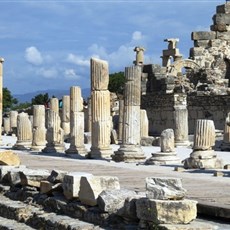
Ephesus
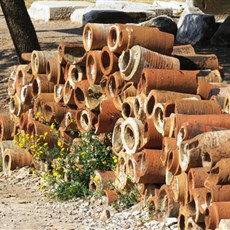
Ephesus
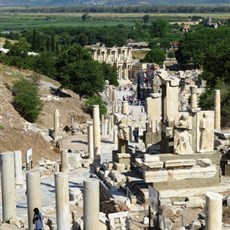
Ephesus
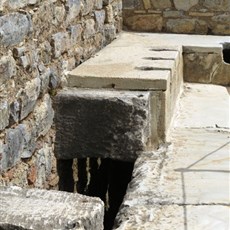
Ephesus - the toilets
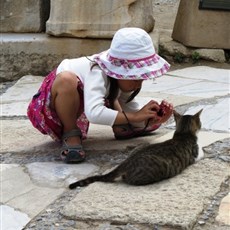
Ephesus
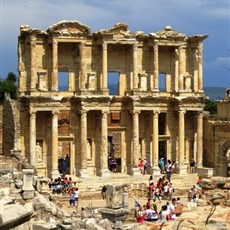
Ephesus library
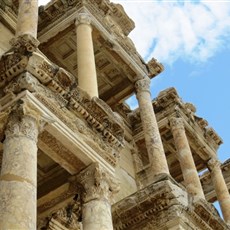
Ephesus library
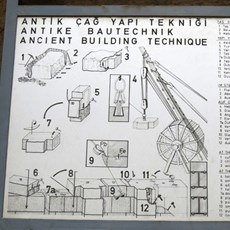
Ephesus construction methods
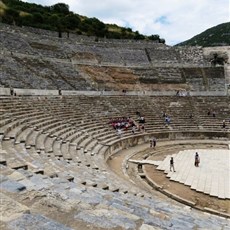
Ephesus theatre
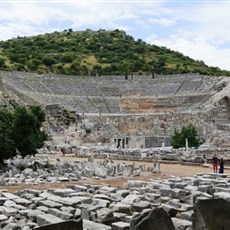
Ephesus theatre